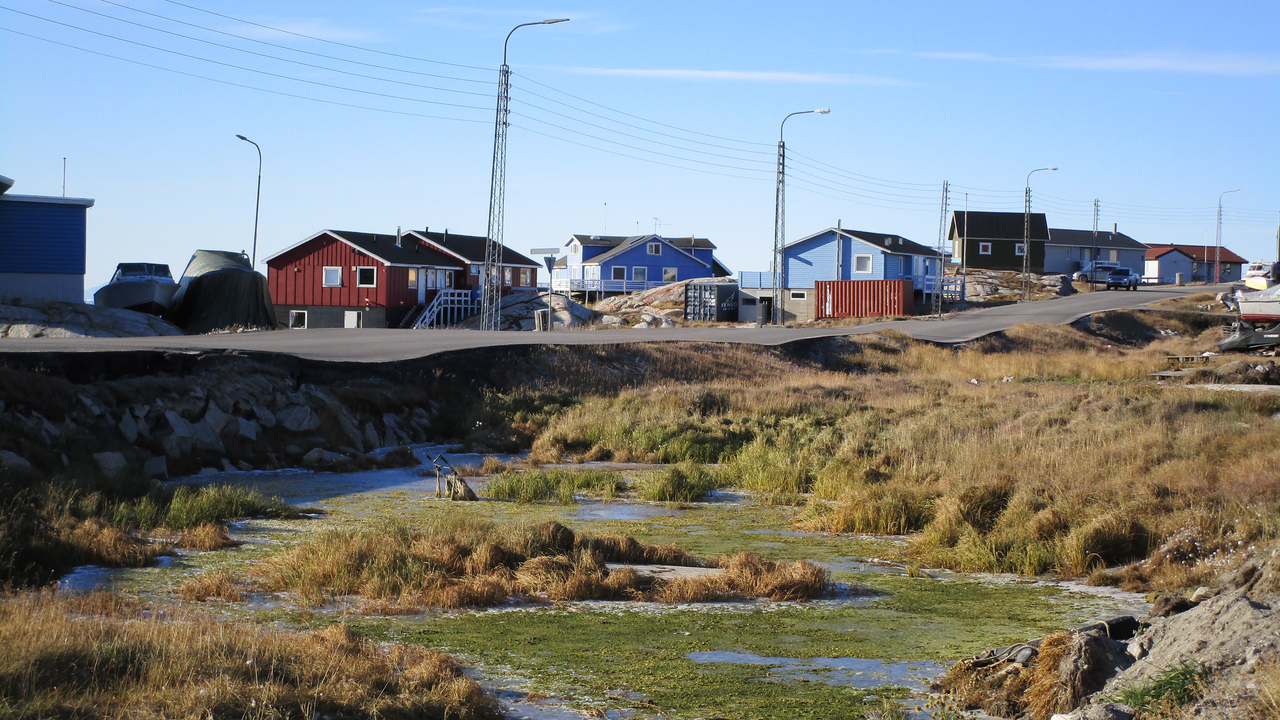About permafrost
Permafrost is ground that remains frozen for at least two consecutive years, found beneath the land and ocean floor in polar or mountainous regions.
Acting as a natural freezer and carbon reservoir, it preserves organic matter from decomposition. As permafrost thaws due to climate change, microbes break down the preserved organic matter, releasing greenhouse gases which contribute to global warming.
When frozen, it also provides a stable foundation for man-made infrastructure. Thawing destabilizes the ground, leading to erosion and ground deformations that threaten the stability of buildings, roads, and other infrastructures.




